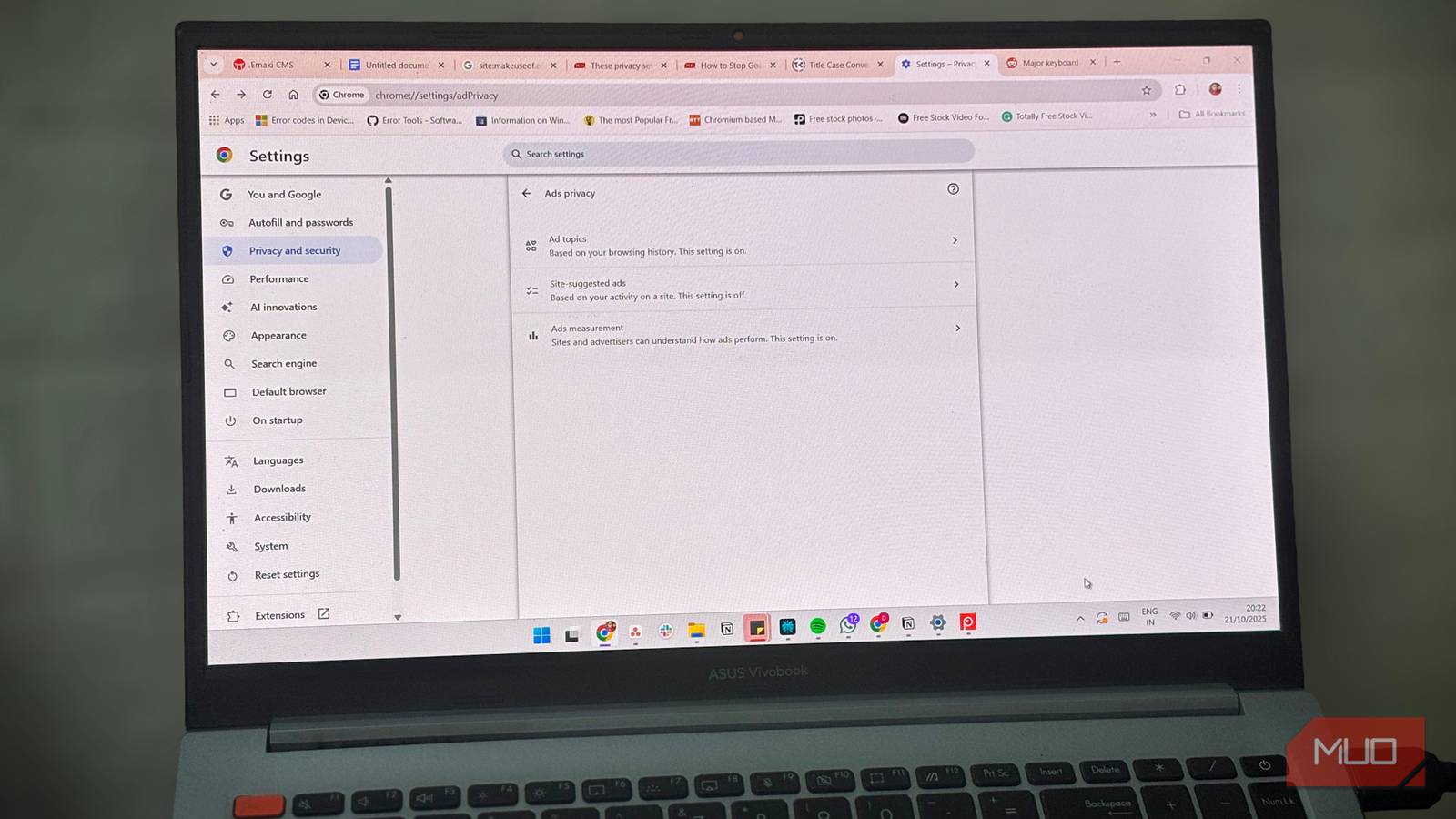
"What unsettled me was how precisely they mirrored what I had been doing online. I cleared my browsing history on a schedule, turned off activity sync I did not need, reviewed site permissions, and kept a tight leash on cookies. I also blocked third-party cookies and regularly cleared site data for places I no longer visit. Over time, those steps became routine, and I felt confident that the major gaps were closed."
"When I still saw a few targeted banners, I assumed that was just how the web works. But that changed when ads started matching things I had only looked at once. I would check the price of something, and the same product would appear the next day. At that point, I realized that the usual privacy tools were not covering everything. Even with strict cookie and sync settings, my browsing behavior still shaped what appeared later."
A browser user took multiple privacy measures — clearing history regularly, blocking cookies, disabling unnecessary activity sync, reviewing site permissions, and clearing site data — but still saw ads that closely tracked recent searches. Targeted ads began appearing after single visits, indicating additional tracking beyond cookies and sync. Further menu exploration revealed a hidden setting under Privacy and security → Ads privacy → Site-suggested ads, which is not emphasized during setup and whose name does not clearly indicate tracking. Opening the option shows that websites and their advertising partners can use browsing activity to surface suggested ads.
Read at MUO
Unable to calculate read time
Collection
[
|
...
]